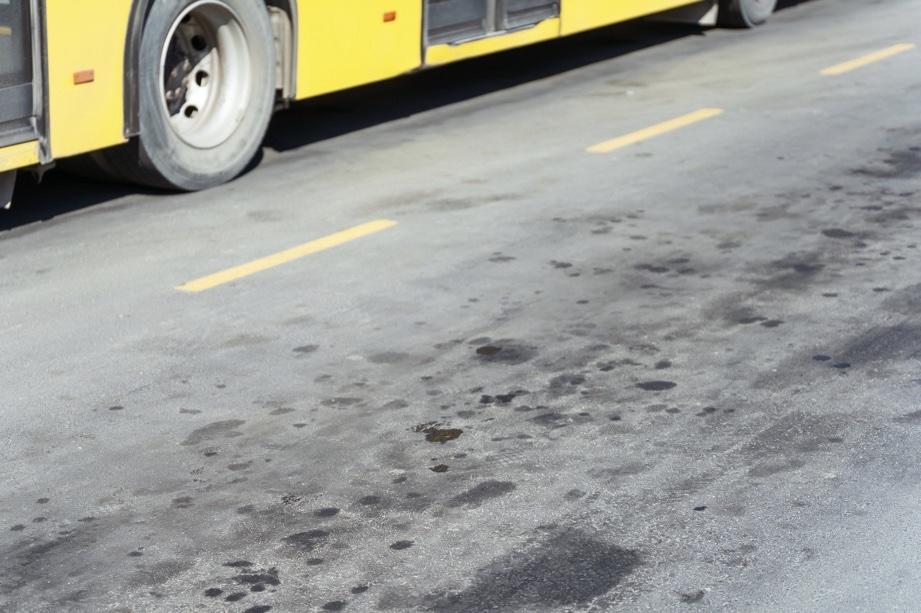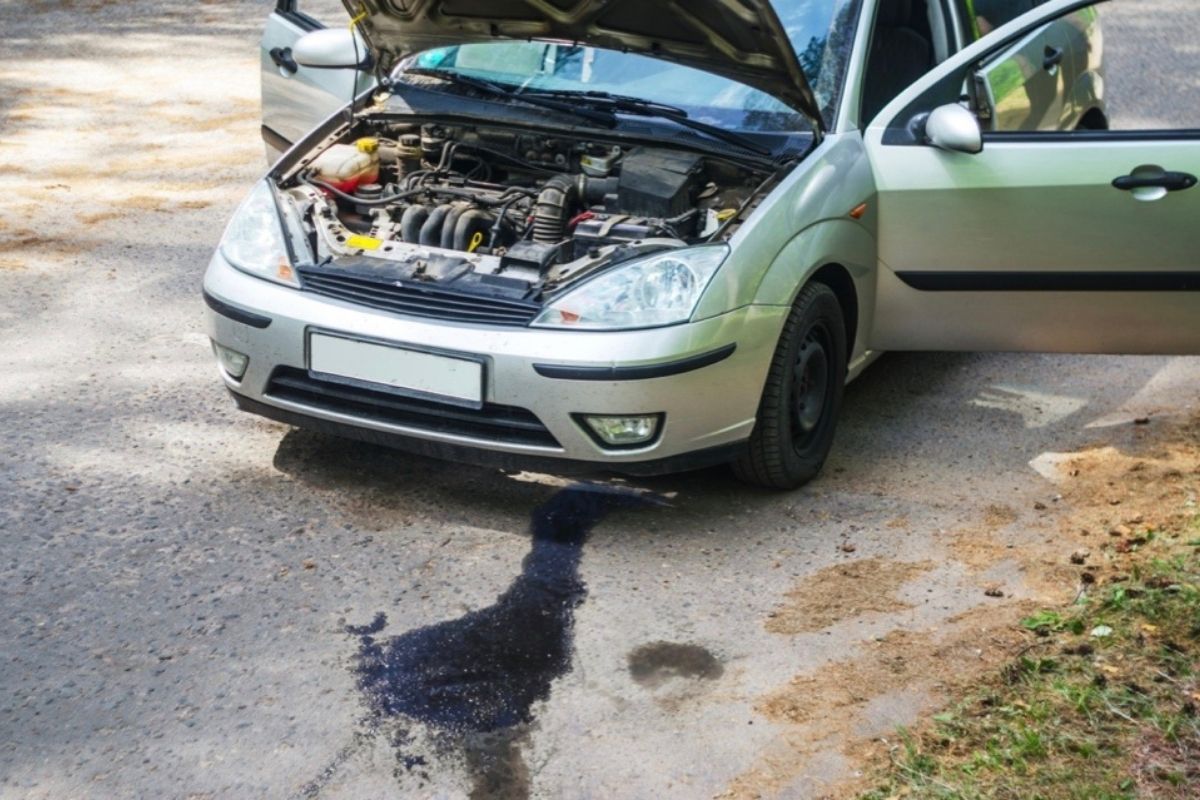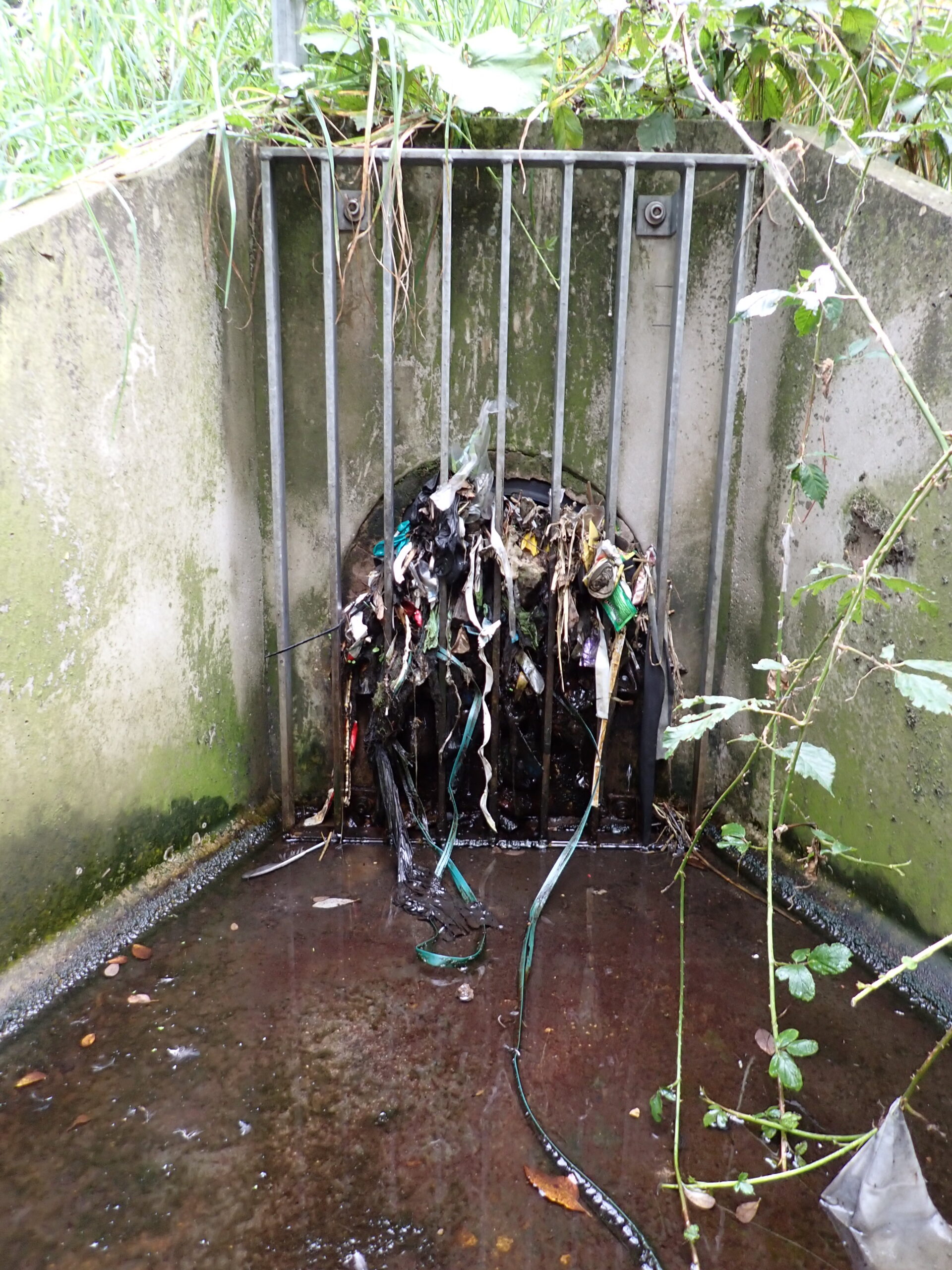Car emissions are not limited to exhaust fumes that contribute to air pollution. They can also leak automotive fluid and release heavy metals that can contribute to stormwater pollution, contaminating local waterways.
In this article, we’ll talk about the effects of car emissions as stormwater contaminants and what we can do to prevent them from becoming a source of pollution.

What Car Emissions Find their way into Stormwater?
Vehicle exhaust can release heavy metals such as arsenic, mercury, and selenium as a result of fuel combustion, according to a 2012 European study. The same study found that vehicles can also emit other trace elements such as cadmium, chromium, copper, nickel, lead, and zinc from lubricant oil combustion. These metals become part of urban road dust, which can be swept up into the air by the wind or transported into the stormwater network by rainwater.
Poorly maintained vehicles also release non-exhaust chemicals via automotive leaks and rust. The most common chemicals that could leak from your vehicle include motor oil, transmission fluid, coolant, gear oil, and power-steering fluid. Meanwhile, rust or corrosion of the car body and other galvanized parts can release metals, including iron, zinc, and aluminium. Similar to exhaust emissions, these chemicals become part of road runoff as their washed away from the road surface by rainwater.

Car repair works can also be a potential source of automotive-related stormwater pollutants. Without precaution, draining fluids from vehicles during maintenance can lead to spills. If these spills are not contained and cleaned up, they could find their way into the nearest storm drain.
Negative Impacts of Car Emissions on Stormwater Quality
While heavy metals naturally occur in trace amounts in nature, human activities can release these chemicals in large quantities that disrupt natural processes and ecological balances. Heavy metals are non-degradable, and once they are in the environment, they can be absorbed into an organisms’ body. And because all organisms in nature are part of a food web, these heavy metals bioaccumulate up the food chain and become toxic to animal health. Humans can also absorb these heavy metals through food, contaminated drinking water, inhalation, and even absorption through the skin.
Several heavy metals that come from vehicular emissions—arsenic, cadmium, chromium, and nickel in particular—are classified as category 1 carcinogens. Researchers reported they disrupt metabolism, tissue repair, and tumour-suppressing processes in the body.
Heavy metals introduced to natural waterways via stormwater also have dire consequences for aquatic animals. They deposit into the sediment that lies at the bottom of water bodies. Contaminated sediments can alter the chemical balance of aquatic ecosystems, making the water column inhospitable or toxic for aquatic organisms. A continuous build-up of heavy metals in sediments can also lead to groundwater contamination, which can endanger the drinking water source of nearby communities.-
- Hydrocarbons, which are oily substances that can make up a variety of automotive fluids, are also a major pollutant of concern for car emissions. Motor oil, grease, and other hydrocarbon products are toxic to fish and other aquatic organisms. They can negatively impact growth rates, reproductive behaviours and can even cause breathing difficulties. Like heavy metal pollutants, hydrocarbons can also bioaccumulate and pose a threat to human health as carcinogenic contaminants.

How Can We Prevent Stormwater Pollution from Car Emissions?
- Maintain your vehicle regularly – Vehicular maintenance is key to avoiding leaks and excessive emissions from your car’s undercarriage and exhaust. Take notice of any stains where you park your car and get your car checked by professionals as soon as possible if you suspect any leaks from your vehicle.
- Contain potential spills during repair work – Use drip pans and absorbent mats to contain any fluids that might drain when working on your car. When changing automotive fluids (e.g. engine oil), use a funnel to control the flow and avoid spills.

- Drive less – Reducing the number of vehicles on the road also lessens car emissions. Whenever possible and practical, we can walk or cycle to our destination.
- Support better stormwater management practices – Councils are responsible for providing infrastructure for stormwater treatment, preventing pollutants from entering local waterways. However, local governments need to navigate budget allocations with the concerns of their constituents. As community members, we can express more concern for the health of our waterways and the impact of stormwater pollutants to encourage Councils to invest more in stormwater management.







